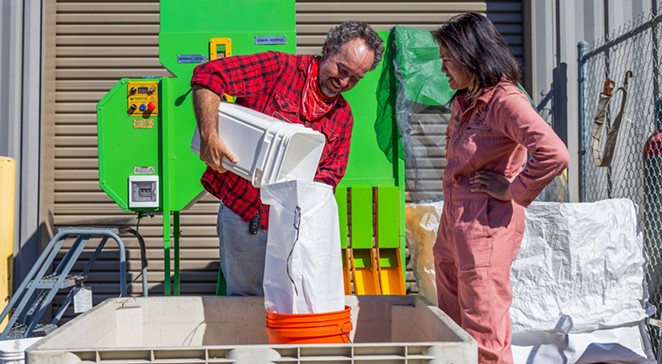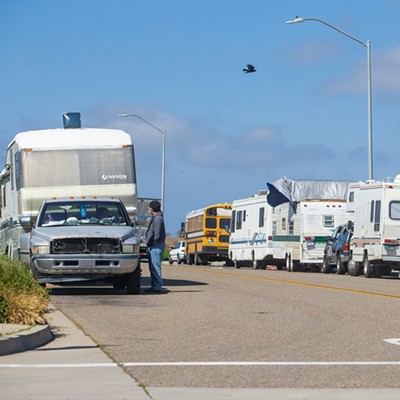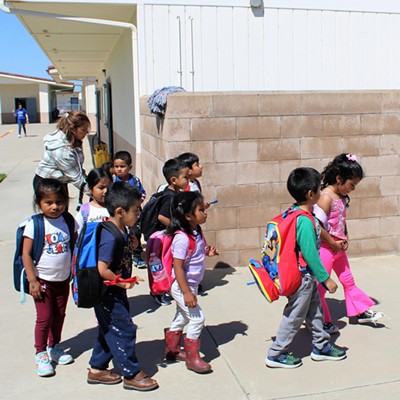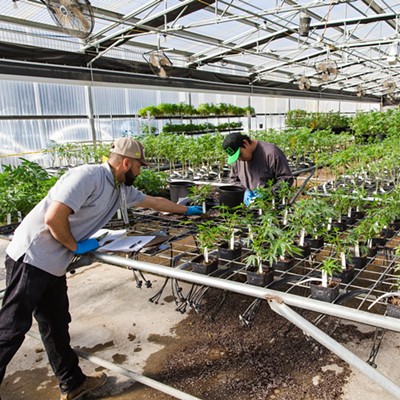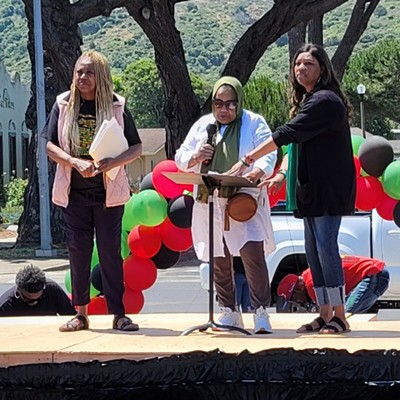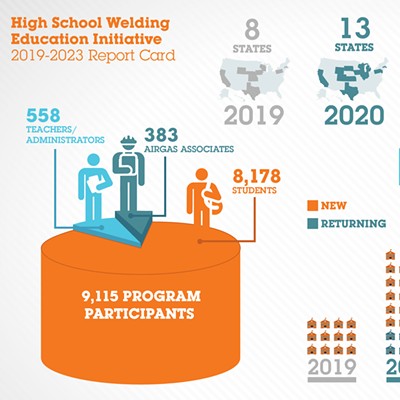Shakira Miracle wants people to dream big when applying for the Santa Barbara County Food Action Network’s Food Justice Microgrant.
“What I find so shocking and yet crystal clear is that we have lost the ability to dream, to be able to imagine, to have space held so we can think outside the box and really address what’s important rather than constantly thinking about what’s urgent,” said Miracle, the Santa Barbara County Food Action Network (SBCFAN) executive director.
SBCFAN is a nonprofit that works to ensure that all county residents have access to locally grown, nourishing, and culturally relevant food; sustainability and agroecology are championed in the ag sector; and both businesses and the community thrive, according to its mission statement. It began in 2016 when Santa Barbara County’s Food Action Plan was published—which was designed to provide recommendations for how the county grows, distributes, and consumes food. The plan is framed around investment in the food economy, health and wellness, community, and foodshed.
The nonprofit connects people across sectors to build a greater network to fill food system gaps and mobilizes for food policy changes at the local, state, and federal levels.
“We are constantly being hit by external shocks—climactic, economic, social, or otherwise. At the same time, we should plan for the long term,” Miracle said. “Food systems take generations to get where we need; we don’t think it’ll take as long to interconnect communities across production to consumption, but it’s going to take a while. It will take less time if more of us are engaging with our regional food system.”
The microgrant program seeks to address inequities and vulnerabilities in the local food system by funding local residents working toward building a more resilient food system. The project or program can be in its beginning stages or already established—including new ideas, pilot projects, or improvement, according to SBCFAN.
Applicants are eligible for funding of up to $5,000 per grant, according to SBCFAN. People have until 11:59 p.m. on May 31 to apply, and their application will be reviewed by SBCFAN’s grant review committee.
“We want to see instead of someone coming in from elsewhere and going into communities, the communities themselves are building food system resilience, whether it’s seed sharing, a community garden, or a food business,” Miracle said. “Maybe you want to do research as a farmer and test agroecological practices. We want to make sure that people are in fact in the communities that they are wanting to do this work.”
The grant program began in 2020 when SBCFAN regranted half of its budget out to communities after it identified food system gaps and barriers due to COVID-19, she said. SBCFAN gave about $150,000 in grants to projects or organizations that “typically wouldn’t be able to access” philanthropic funding but had innovation and uniqueness to their proposals.
The first round of grants helped support the launch of a mobile farmers market in Lompoc and a Southern California farmer resource support network called the Plowshare Alliance. This year, Clevr Blends—a Santa Barbara County-based coffee-alternative adaptogen company—approached SBCFAN saying the company wanted to donate a percentage of its sales to food justice and “they wanted to give where they live,” Miracle said.
“This is specifically to design upfront, wrap-around information, resources, tools to execute a project,” she said. “Let’s say you want to start a food business, but you don’t know how to work through environmental health services. We can work with you to help navigate that process.”
Highlights
• Taylor Elementary School’s chess team, coached by fifth grade teacher Antonetta Haggard, took first place at a chess tournament attended by 65 elementary students from San Luis Obispo and Santa Barbara counties. Additionally, Taylor sixth grade student Teddy Camba won first place for individual chess player. Chess players from fellow Santa Maria-Bonita district school Liberty Elementary also participated in the tournament, sponsored by the San Luis Obispo Chess Club and hosted in Paso Robles.
• In partnership with Lompoc Parks and Recreation, the Lompoc Police Department announced the return of the Junior Police Academy program after a several-year hiatus. The free program is designed to educate 8- to 12-year-olds about the importance of making safe choices, police officers’ responsibilities, and the role police play in the community. The junior academy will take place from June 26 to 28 from 9 to 11 a.m. Registration is open and early registration is recommended. Register by calling (805) 875-8100 or by visiting the Anderson Recreation Center, 125 West Walnut Ave.
Reach Staff Writer Taylor O’Connor at [email protected].


